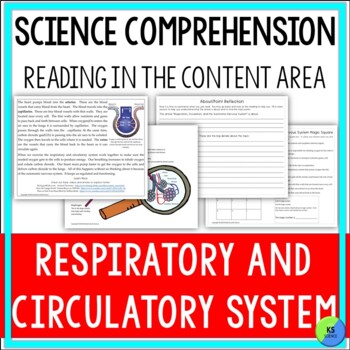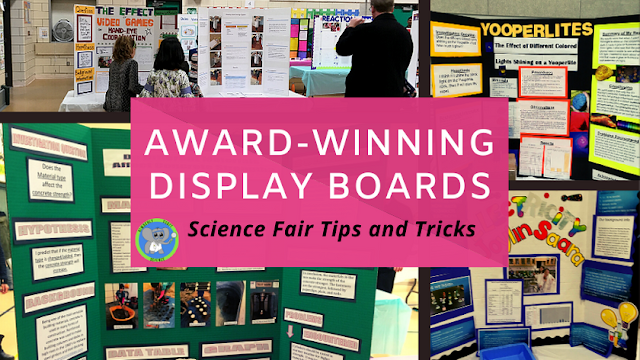Investigating Heart Rate with Elementary Students
If you are new to investigating with students, exploring the relationship between exercise and heart rate is a perfect place to start because it requires minimal supplies and is simple to set up. It is an ideal last-minute lab, and teachers enjoy it for the first weeks of school.
How does exercise affect your heart rate?
When we exercise, the first thing we notice is that our respiration rate increases. Then, we may notice our heart beating faster. All of this happens without us having to do anything. This is because our autonomic nervous system controls our internal organs. It knows just what to tell our lungs and heart to do. The respiration and circulatory systems work together to get oxygen to cells. Oxygen is an essential ingredient in energy creation.
We measure our heart rate by taking our pulse. This is a fun thing for students to learn. Students enjoy learning how their body works. Students can take their pulse to compare their heart rate while doing different activities.
The best part, all you need is a second hand, chair, and yourself. You could even sit on the floor.
This lab is great for
-Introducing the scientific method.
-Distance Learning (Students should have all of the supplies.)
-Health and Wellness Unit
-Human Body Unit
-Physical Education Teachers
-Homeschool Science (Great for multiple age levels to do together.)
-Valentine Themed Activity
-Distance Learning (Students should have all of the supplies.)
-Health and Wellness Unit
-Human Body Unit
-Physical Education Teachers
-Homeschool Science (Great for multiple age levels to do together.)
-Valentine Themed Activity
How does this fit with STEM?
This is an excellent introduction to writing a lab report. STEM is about educating students about science-related careers. In science, you will read, write, and evaluate lots of lab reports. It is a big part of the job if you are a chemist, biologist, or any field related to product testing.
Why should I perform investigations with elementary students?
Introducing elementary students to investigation journals will help them be more comfortable in higher-level science classes later on.
Each grade-level version expands on the other. This investigation wonderfully introduces the scientific method. Students will learn about the independent and dependent variables. Older students will create a graph and write a conclusion. Students will be able to think and problem-solve more effectively. A hands-on lesson makes it more memorable, and students will better understand the concept. After a hands-on lab, they should be able to explain the science in their own words because they experienced the concept.








